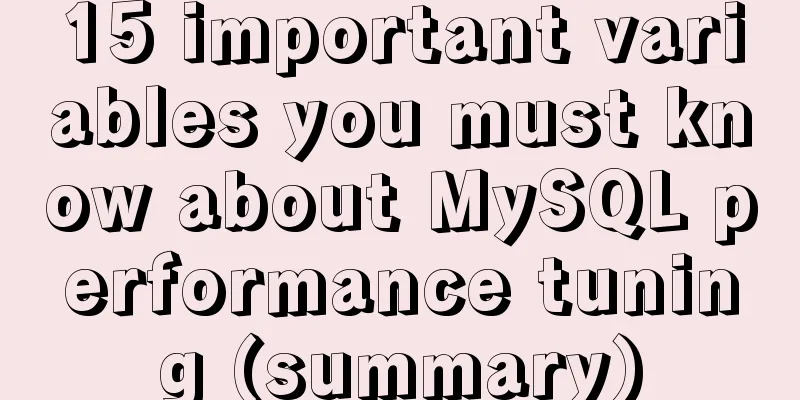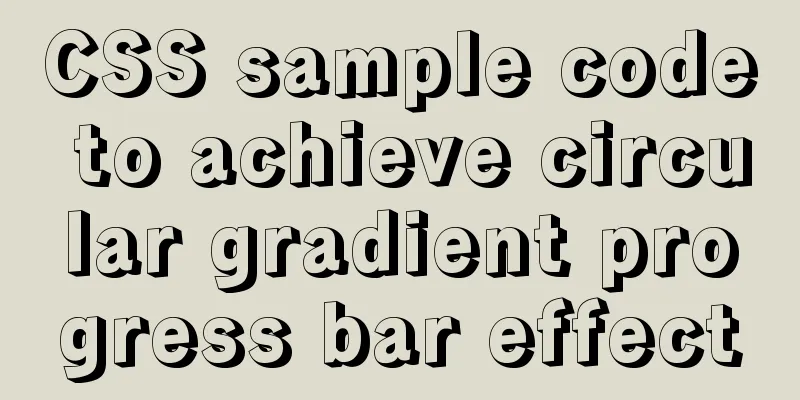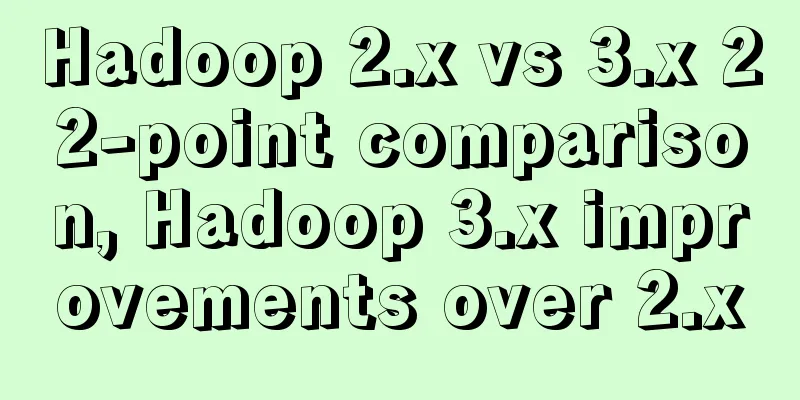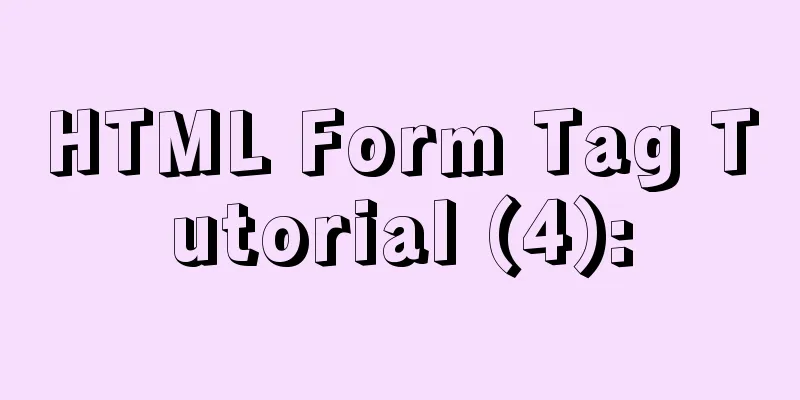W3C Tutorial (15): W3C SMIL Activities

|
SMIL adds support for timing and media synchronization to the web. SMIL adds support for timing and media synchronization to the web. SMIL SMIL (Synchronized Multimedia Integration Language) is designed to enable multimedia presentation on the web. SMIL presentations can consist of audio, video, images, text, and other media types. SMIL is an HTML-like language based on XML. You can read more about SMIL in our SMIL tutorial. HTML TIME HTML TIME refers to Timed Interactive Multimedia Extensions for HTML. Its purpose is to add SMIL 1.0 timing and synchronization support to HTML. HTML TIME was submitted to the W3C by Microsoft, Macromedia, Compaq/Digital, and Digital Renaissance. You can read more about HTML TIME in our SMIL tutorial. HTML SMIL HTML SMIL (a revision of HTML TIME) was mentioned in an early SMIL 2.0 working draft. After SMIL 2.0 became a W3C Recommendation, HTML SMIL was removed from SMIL 2.0 and became a separate working draft named XHTM SMIL. XHTML SMIL XHTML SMIL provides support for SMIL 2.0 functionality in XHTML, such as actions, media, timing, synchronization, and direct transitions. XHTML SMIL is currently a record submitted to the W3C, with the intention that XHTML SMIL can be used as the basis for an effort to integrate SMIL into XHTML. You can read more about XHTML SMIL in our SMIL tutorial. History of HTML/XHTML SMIL
| specification | Draft/Proposal | recommend | SMIL 1.0 June 15, 1998 SMIL 2.0 August 7, 2001 SMIL 2.0 (2.ED) December 13, 2005 SMIL 2.1 December 13, 2005 HTML TIME September 18, 1998 HTML SMIL June 22, 2000 XHTML SMIL August 7, 2001 XHTML SMIL Note January 31, 2002 W3C Reference
|---|
<<: MYSQL slow query and log example explanation
>>: JavaScript to achieve magnifying glass effect
Recommend
Summary of Docker Consul container service updates and issues found
Table of contents 1. Container service update and...
Why web page encoding uses utf-8 instead of gbk or gb2312?
If you have a choice, you should use UTF-8 In fac...
MySQL 8.0.15 installation and configuration method graphic tutorial (Windows 10 X64)
What I have been learning recently involves knowl...
Two ways to specify the character set of the html page
1. Two ways to specify the character set of the h...
How to view the execution time of SQL statements in MySQL
Table of contents 1. Initial SQL Preparation 2. M...
Add crontab scheduled tasks to debian docker container
Now most of the Docker images are based on Debian...
Detailed tutorial on running Tomcat in debug mode in IDEA Maven project
1. Add the following dependencies in pom.xml <...
HTML weight loss Streamline HTML tags to create web pages
HTML 4 HTML (not XHTML), MIME type is text/html, ...
Summary of JavaScript custom object methods
Table of contents 1. Use object to create an obje...
In-depth understanding of the seven communication methods of Vue components
Table of contents 1. props/$emit Introduction Cod...
Multiple ways to implement two-column layout with fixed width on the left and adaptive width on the right using CSS
7 ways to implement a two-column layout with fixe...
Detailed explanation of a method to rename procedure in MYSQL
Recently I have used the function of renaming sto...
Detailed explanation of the payment function code of the Vue project
1. Alipay method: Alipay method: Click Alipay to ...
JSONP cross-domain simulation Baidu search
Table of contents 1. What is JSONP 2. JSONP cross...
Detailed explanation of Xshell common problems and related configurations
This article introduces common problems of Xshell...









